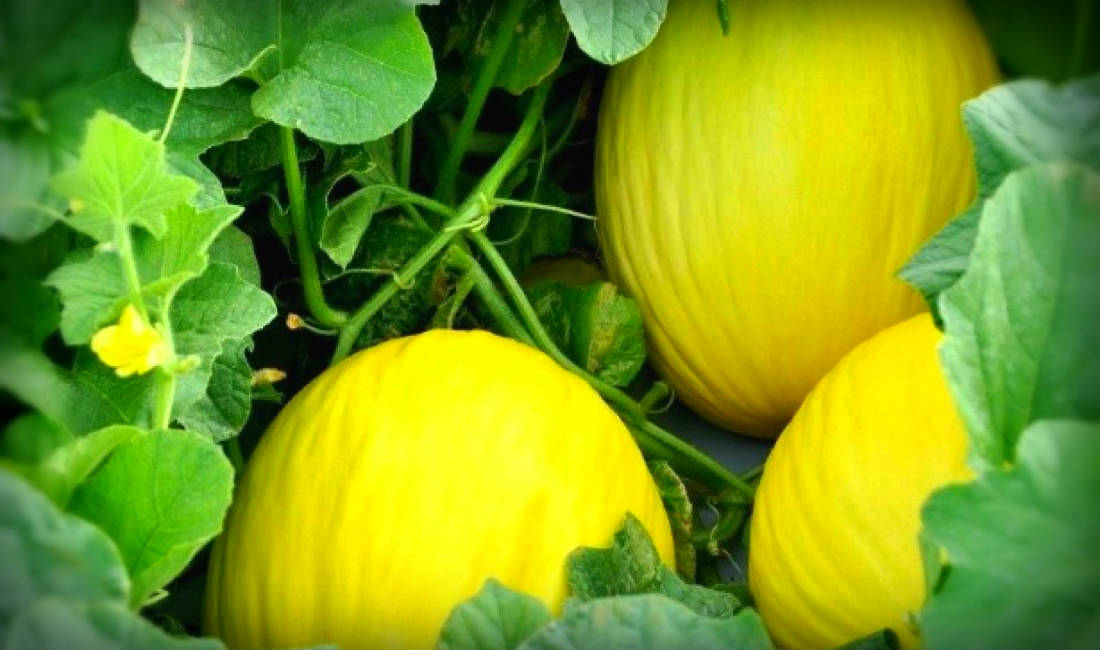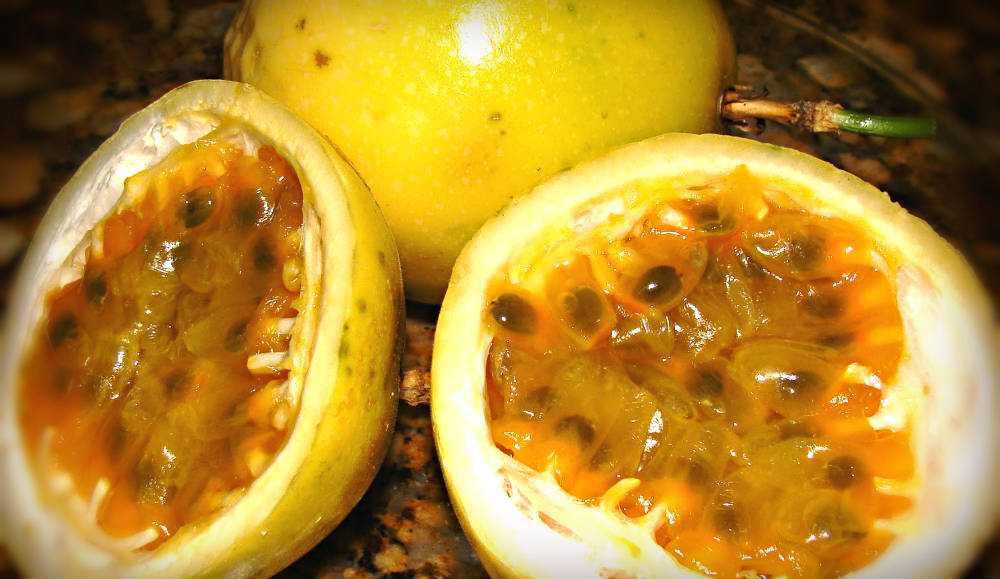Anúncios
Food recycling is an increasingly valued practice, especially when it comes to transforming parts that would normally be discarded into delicious and nutritious dishes. An excellent example of this is the use of banana peels, which are often thrown away, but which can be incredible ingredients for tasty and sustainable recipes.
In addition to reducing waste, recycling these peels helps combat pollution, offering a practical and healthy alternative for those who want to adopt a more conscious diet.

Using Banana Peels to Create Delicious Treats
Banana peels are a part of the fruit that rarely receives the attention it deserves, but they have great nutritional and culinary potential. Reusing banana peels to make sweets, for example, is a creative way to give a new use to something that usually ends up in the trash. Recipes that use banana peels are practical, and the result is surprisingly tasty.
One of the most popular sweets made with banana peels is simple to prepare and requires few ingredients. To start, you need to wash the peels of five small bananas, chop them and cook them in water until they soften. Then, blend them in a blender with a little water and strain them. The next step is to heat this mixture with sugar, stirring constantly until the sweet comes away from the bottom of the pan. The result is an incredibly tasty banana sweet, with a texture that resembles that of a thick jelly.
Varied Recipes for All Tastes
The versatility of banana peels allows them to be used in a variety of recipes, and one of the most popular variations is banana peel sweets, which can be rolled up and served at parties or as a dessert. After preparing the base of the sweet, simply add wheat flour to the mixture, cook until it comes away from the bottom of the pan, and finish with margarine to give it the right consistency for rolling. These sweets can be rolled in granulated sugar, resulting in a dessert that is not only delicious, but also environmentally friendly.
Another popular banana peel recipe involves additional ingredients such as cloves and brown sugar, which give the treat an even more distinctive flavor. For this version, the peels are boiled, blended, and sieved before being cooked with the other ingredients. The result is a rich and aromatic treat, perfect for serving on special occasions.
Nutritional Benefits of Banana Peel
In addition to their flavor, banana peels have significant nutritional properties, which makes recycling them even more appealing. They are rich in fiber, which aids digestion, and contain antioxidants that help fight free radicals in the body. Incorporating banana peels into your diet is a simple way to increase your intake of essential nutrients, such as potassium and vitamin B6.
These benefits, combined with sustainability, make banana peels a valuable ingredient, especially at a time when concerns about health and the environment are on the rise. Using the peel in recipes is therefore a way to combine business with pleasure, contributing to a healthier diet and a cleaner planet.
Sustainability in the Kitchen: Food Recycling
The practice of recycling food is essential to reducing waste and promoting sustainability. In the case of bananas, recycling the peels means avoiding tons of organic material from being discarded unnecessarily. When transformed into tasty recipes, these peels gain a new life, showing that it is possible to make the most of what nature has to offer.
Furthermore, recycling food in the kitchen inspires culinary creativity. Using ingredients that would normally be discarded can lead to the discovery of new flavors and combinations, enriching anyone's culinary repertoire. This practice also has a positive impact on household finances, as it allows each food item to be used in its entirety.
The Importance of Reusing Food
Reusing food is a practice that goes beyond simply saving money. It is an attitude that reflects a concern for the environment and the sustainability of the planet. By recycling food, such as banana peels, we are reducing waste and contributing to a more sustainable life cycle for the products we consume.
This awareness is crucial in a world where natural resources are finite and waste production is one of the biggest environmental challenges. Every small action, such as reusing a banana peel, can have a significant impact in the long term. Furthermore, by adopting this practice, we encourage others to do the same, creating a chain of environmental responsibility.
Incorporating Food Recycling into Everyday Life
Incorporating food recycling into your daily routine is easier than you might think. Small changes to your eating habits, such as separating banana peels to make sweets or including other foods that would normally be discarded in recipes, can make a big difference. This practice not only reduces waste, but also adds variety and nutritional value to your diet.
In addition to recipes using banana peels, there are countless other foods that can be recycled and transformed into delicious dishes. Fruit peels, vegetable stalks and even leftovers can be reused in many ways, avoiding waste and promoting more conscious eating.
Learn how to make other arts by recycling, Click here.
Check out interesting facts about recycling clicking here.




